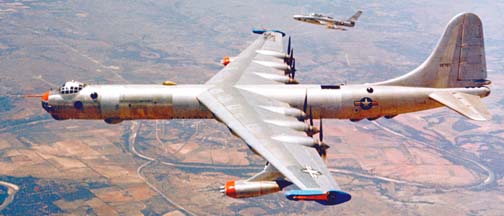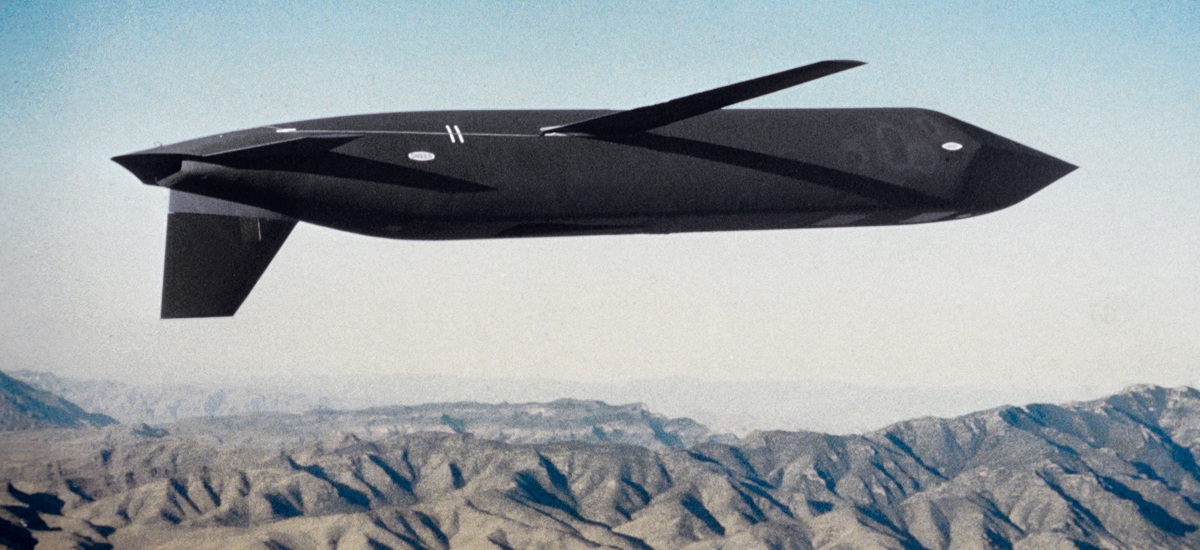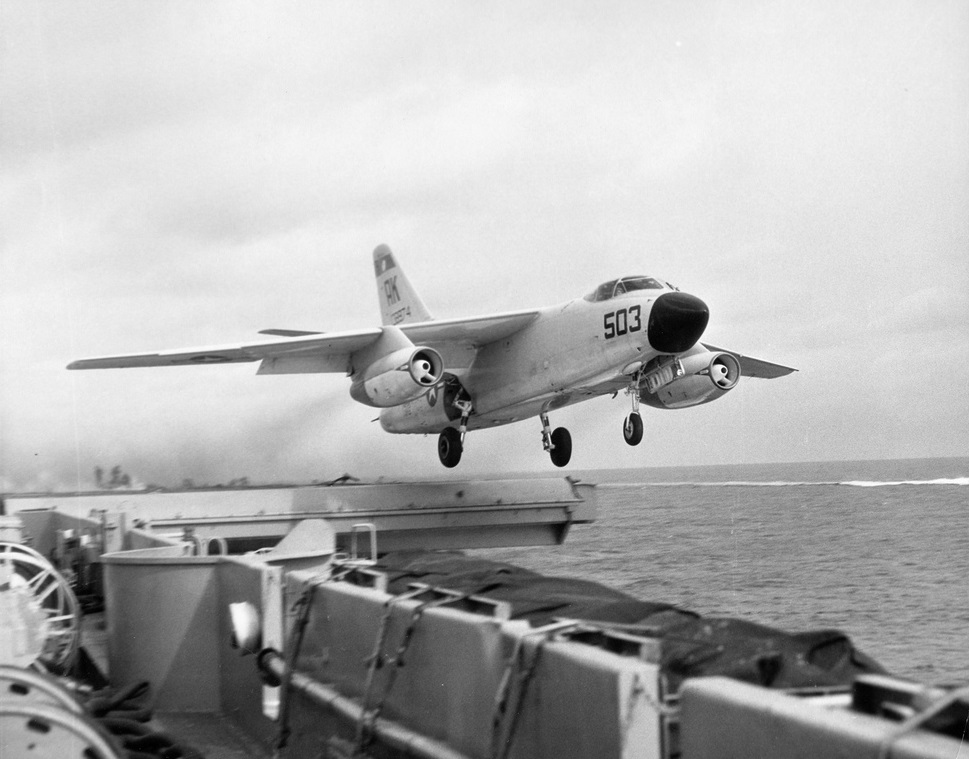Since the 1950’s the USA has depended on the nuclear triad, long range bombers, underseas ICBM’s and other sea based forces, and land based ICBM’s, to deter any possible nuclear attack on the USA by guaranteeing no matter how successful a bolt from the blue, Pearl Harbor attack might be, we will STILL obliterate from earth every square inch of the attacker’s civilization.
The Land Based Missiles
During the 1950’s we had the liquid and gel fueled Atlas (which launched John Glenn) and Titan I ICBM’s each of which had about a 1/2 mile accuracy on target, and carried one warhead. It took a LONG time to fuel the Atlas for launch
Designed at the tail end of the 50’s as the sea based Polaris was being worked on, is the Minuteman. This missile, in 3 versions, was deployed throughout the 60’s and modernized in the 70’s to version III which carried 3 warheads which could maneuver to it’s own target. We had over 1000 of these and by treaty this is reduced to 450 today. This REMAINS the land based 1/3 of the nuclear triad, deployed since ~1978. That’s right, 2016-1978 = ? Do the horrendous arithmetic. Every year (or so) we take one missile and launch it from the designated site in CA just to see if they still work.

The MX missile was to be built and deployed under Reagan, but we killed it via negotiations to reduce nuclear arms, and the USSR greatly reduced it’s horrendous and potentially first strike SS-18s AND their warheads per missile(10 before the treaty) . At the time we did this, together, the USSR and USA had in aggregate about 70,000 nuclear weapons.
The Long Range Bomber Force
Beginning with the B-36 designed just after the war, and deployed in 1949, the USA has maintained a force of long range bombers which could reach the USSR/Russia from anywhere in the world, along with the air refueling tanker force to ensure this.

This included the B-36,47, 52, and now the B-1B and B-2. The B-52 was deployed in 1955. They still fly. We have 50-60 still in service and they not rated to be able to act in a strategic deterrence role over a defended enemy. We deployed 744 of them. The B-1B was deployed in 1986 and is a low level, subsonic penetration bomber and is not rated to be able to act in a strategic deterrence role over a defended enemy. We have deployed 100 of them. The B-2 is a stealth bomber which can penetrate anywhere. We deployed THEM in 1997, that’s right our best deterrent bomber is TWENTY years old. We have TWENTY of them.
We HAVE been working on something called the LRSO, Long Range Stand Off attack missile which can be launched from MANY aircraft. It’s not even CLOSE to deployment (2026 soonest). Range ~3,000 miles.

Sea Based Nuclear Deterrence
After the first super carrier, the Forrestal was built and commissioned (1955) the US Navy maintained a force of carrier launched twin engine bombers which could penetrate the USSR.

In 1959 this was supplanted by the USS George Washington, an attack sub sawed in half and then inserting a section with 16 missile tubes for the 1300 mile solid fueled Polaris missile. This began the era of by FAR the most survivable leg of the triad. Eventually 41 improved SLBM subs were produced and 1/3 to 1/2 were always ‘on patrol’. The missiles carried increased their range through the Poseiden and Trident missiles which today ranges ~7500 miles, and has 90m accuracy. The missiles finished deployment in the 1990’s. They are undergoing ‘life extension’ via use of ‘off the shelf’ components (motherboards made in Shenzen?). The submarines carrying these missiles, the Ohio class began deployment in the 1980’s, and we have 18 of them, out of the 24 we planned to build.
The Navy also has utilized the subsonic Tomahawk cruise missile (introduced in the 1970’s) as a strategic weapon which can be carried by ships and attack submarines. We have not built any for YEARS.
The USA currently has about 2500 nuclear weapons.
We don’t test them except via software simulation (which is how the F-35’s design was arrived at, btw). We don’t build any.
We test some missiles at random once a year.
Our most ‘MODERN’ STRATEGIC weapons systems are 20-70 years old.
The air force is working on the next stealth bomber, the B-21. We have only 186 F-22’s and the F-35 which was scheduled to have >1000 units deployed, now has ~179 delivered.
The Navy is working on the replacement for the Ohio Class.
We have, at this moment, and for the FIRST TIME since WW2, NO carriers deployed.
Our political leaders are, quite frankly, IGNORANT on these issues. For instance on the LRSO:
Some congressional leaders claim spending money on modernizing air-launched cruise missiles is redundant and destabilizing, asserting existing gravity bombs and intercontinental ballistic missiles (ICBMs) could accomplish the same goal
ICBM’s AT LEAST 39 years old.
Bombers AT LEAST 20 years old.
We get the Brookings Institution using the red herring argument on this claiming the expanding the arms argument is FALSE because we don’t need more nukes. We may not, but we need FAR BETTER ones, tested ones, and FAR MORE MODERN delivery systems which scare the daylights out of our enemies to the extent they accept the idea NONE of them can be knocked out. It is THAT which has prevented world wars.
The Cold War ended ~1989 and THAT’s when our STRATEGIC WEAPONS development stopped, and that was probably justified for years. But now we have a China which, using it’s GROWING GNP has CAUGHT UP in tech, and a Russia which, DESPITE it’s GNP cratering by some 40%, still grows its arms tech in quality and quantity viewing THAT as a source of both need for themselves and export $.
We absolutely do NOT enjoy the edge we had, and we may be behind in some key areas, as we junk rusted and obsolete systems every day.

Where that matters is what our lack of concern creates in the minds of those inimical to our way of life.
Trump is right. These needs must be addressed IMMEDIATELY with a Congress that can move as fast as they did yesterday when he scared the daylights out of them on the ethics committee, and by an EFFICIENT, FAST MOVING defense industry which has received weapons specs from a military infused by a sense of urgency and recognizing the old way of doing things IS DEAD.
No comments:
Post a Comment